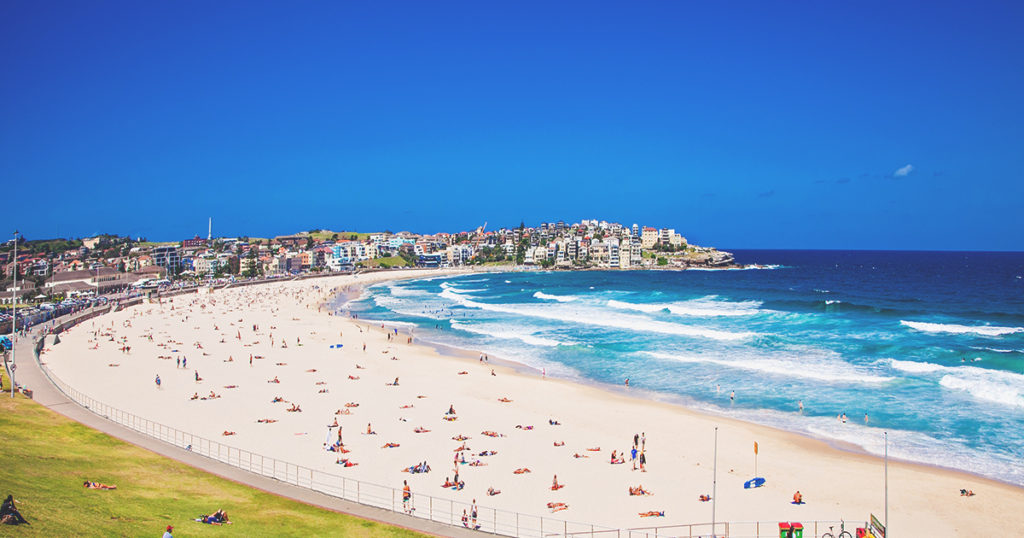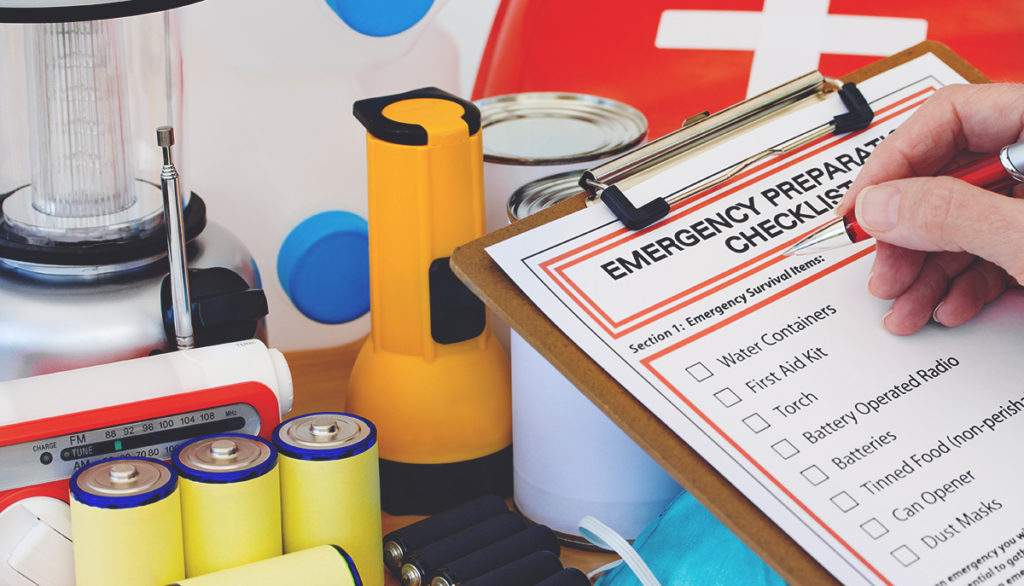Australia is well known for its scorching summers. The heat can be quite a shock to international students, particularly those from cooler countries.
For students from the Northern Hemisphere, celebrating Christmas in summer can be pretty weird, too!
However, summer is not the same everywhere in Australia – some cities experience mild summers, and others experience hot and dry or even humid, rainy summers! To help you prepare for summer, here’s our guide to exactly how hot it gets in Australia, city by city, and some top tips for safety navigating summertime, which usually lasts from December to February.
How hot does it get in Brisbane?
Brisbane has a moderate, warm climate. In summer, average temperatures range from 21 to 29.8°C. Summer is also the wettest season of the year in Brisbane, so the weather is often quite humid, and there may be thunderstorms and floods.
The highest ever recorded temperature in Brisbane was 43.2°C on Australia Day in January 1940.
How hot does it get in Sydney?
Sydney is also moderate and warm. In summer, average temperatures range from 19 to 26°C. Sydney summer can also be relatively humid, though not quite as humid as Brisbane.
The highest ever recorded temperature in Sydney was 48.9°C in January 2020.
How hot does it get in Canberra?
Canberra enjoys warm, dry summers with little humidity. In summer, average temperatures range from 13 to 27°C.
The highest ever recorded temperature in Canberra was 44°C in January 2020.
How hot does it get in Melbourne?
Although Melbourne is known for experiencing four seasons in one day, summer days tend to be consistently warm and dry. In summer, average temperatures range from 14 to 25°C.
The highest ever recorded temperature in Melbourne was 46.4°C in February 2009.
How hot does it get in Hobart?
Summer in Hobart is the driest season of the year. Tasmania also experiences some of the mildest summers in Australia. In Hobart, average temperatures range from 11 to 21°C.
The highest ever recorded temperature in Hobart was 41.8°C in January 2013.
How hot does it get in Adelaide?
Adelaide generally has hot, dry summers – it experiences the lowest humidity of any Australian city. In summer, average temperatures range from 17 to 29°C. Occasionally, though, the temperature will hit 40°C.
The highest ever recorded temperature in Adelaide was 46.6°C in January 2019.
How hot does it get in Perth?
Summer in Perth is hot and dry, and there is very little rain. In summer, average temperatures range from 18 to 30°C. Like Adelaide, temperatures may reach 40°C.
The highest ever recorded temperature in Perth was 46.2°C in February 1991.
How hot does it get in Darwin?
Darwin really only has two seasons: the ‘wet’ and the ‘dry’. The wet season lasts from November through to April, right through normal Australian summer, and is characterised by high humidity, and lots rain and storms. During this time, average temperatures range from 25 to 32°C, and humidity can be as high as 80 per cent!
The highest ever recorded temperature in Darwin was 40.4°C in October 1892.
Top tips for Australian summer
Because it can get so hot in Australia at the height of summer, it’s important to look after yourself and stay protected from the heat.
First, it’s essential to protect your skin from the sun. Invest in a high-quality sunscreen with a high SPF (sun protection factor) – these days, aim for 50 SPF or higher to protect your skin from the sun’s radiation. Wear a hat and remember that loose-fitting cotton clothing also provides a good barrier against sun damage.
If you’re spending a lot of time in the sun or feeling hot, make sure you keep yourself hydrated. Drink plenty of water, particularly if you’re exerting yourself physically or sweating lots.
It’s also super important to look after animals during the Australian summer. If you have pets, make sure they have fresh water to drink and somewhere cool to rest inside or in the shade. It can be dangerous to walk your dog when the ground is too hot. One way to test this is the ‘five-second rule’. Place the back of your hand on the surface for five seconds and if it’s too hot for you, then it’s too hot for a dog. The RSPCA has plenty of helpful tips when it comes to keeping your animal safe in summer. You can also look after native wildlife by leaving large, shallow containers of water in your garden – just in case birds, reptiles or mammals get thirsty in the heat.





